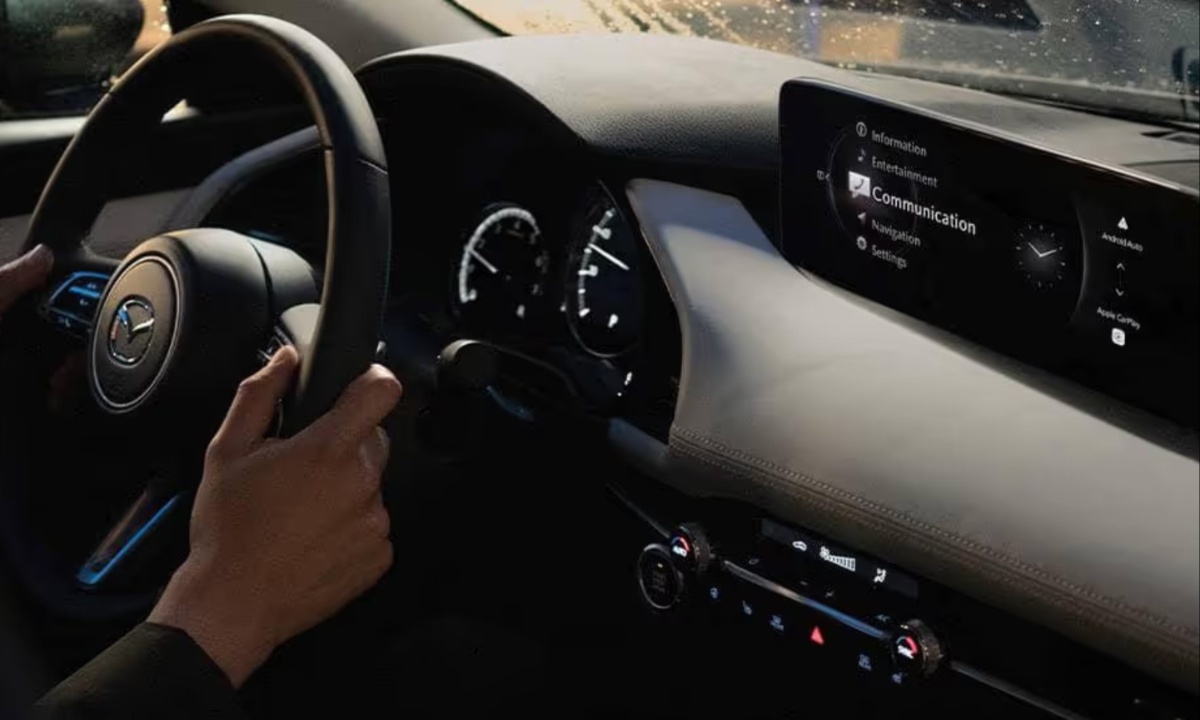In today’s tech-forward auto industry, infotainment systems are more than luxury—they’re necessities. They control navigation, entertainment, communication, and even vehicle functions. But beyond features, reliability is key. A seamless system elevates the experience; a laggy one kills it.
The best systems not only connect with your phone or map your route, but they do so effortlessly, without freezing mid-drive. In this section, we spotlight five infotainment systems that excel in stability and performance. If your goal is a hassle-free, always-ready digital interface behind the wheel, these are the systems worth trusting every time you start your engine.
1. BMW iDrive 8: Stability Meets Sophistication
BMW’s iDrive 8 represents years of refinement, combining a sharp, responsive interface with exceptional reliability. Whether using the touchscreen or rotary dial, users experience fluid navigation and near-instant app switching.
BMW also nailed wireless Apple CarPlay and Android Auto integration—no crashes, no lag. Voice commands are solid, OTA (over-the-air) updates arrive regularly, and even high-demand tasks like switching between nav and media don’t phase it.
Drivers praise the clean layout and lightning-fast load times. Above all, it’s consistent. BMW didn’t just build a powerful infotainment system—they built one that drivers can depend on every single day.
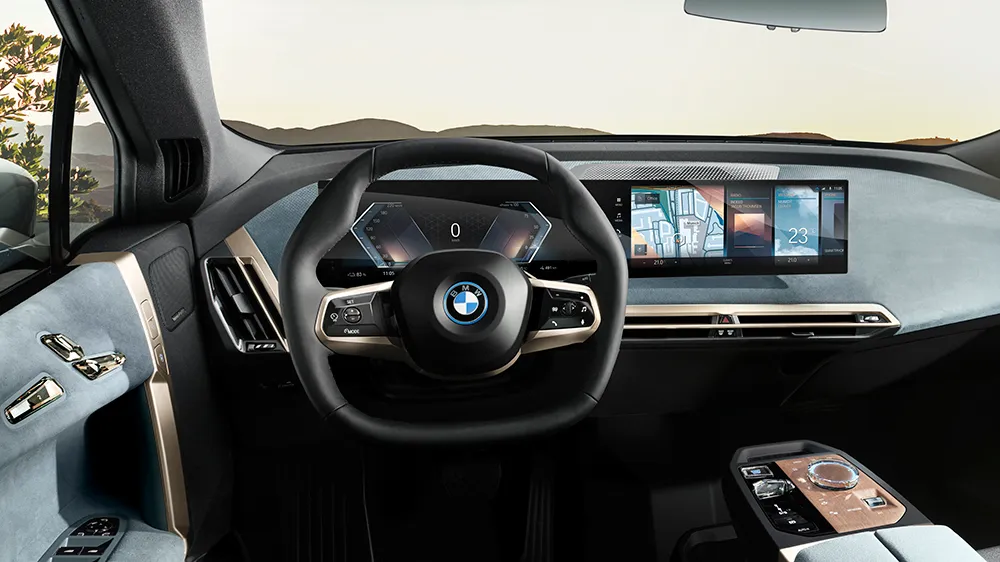
2. Hyundai/Kia/Genesis ccNC: Premium Feel, Affordable Cars
The ccNC infotainment system found in Hyundai, Kia, and Genesis vehicles offers a polished, high-end user experience, regardless of the model’s price point. It boots fast, handles inputs immediately, and never crashes when switching between Android Auto and native menus.
Its memory recall is a game-changer: turn off your car mid-call or mid-map, and it resumes right where you left off. Voice commands now work well, and menus are clean and intuitive.
Hyundai has clearly taken customer feedback seriously, refining this system to compete with even luxury brands. It’s proof that solid tech isn’t just for top-shelf cars anymore.
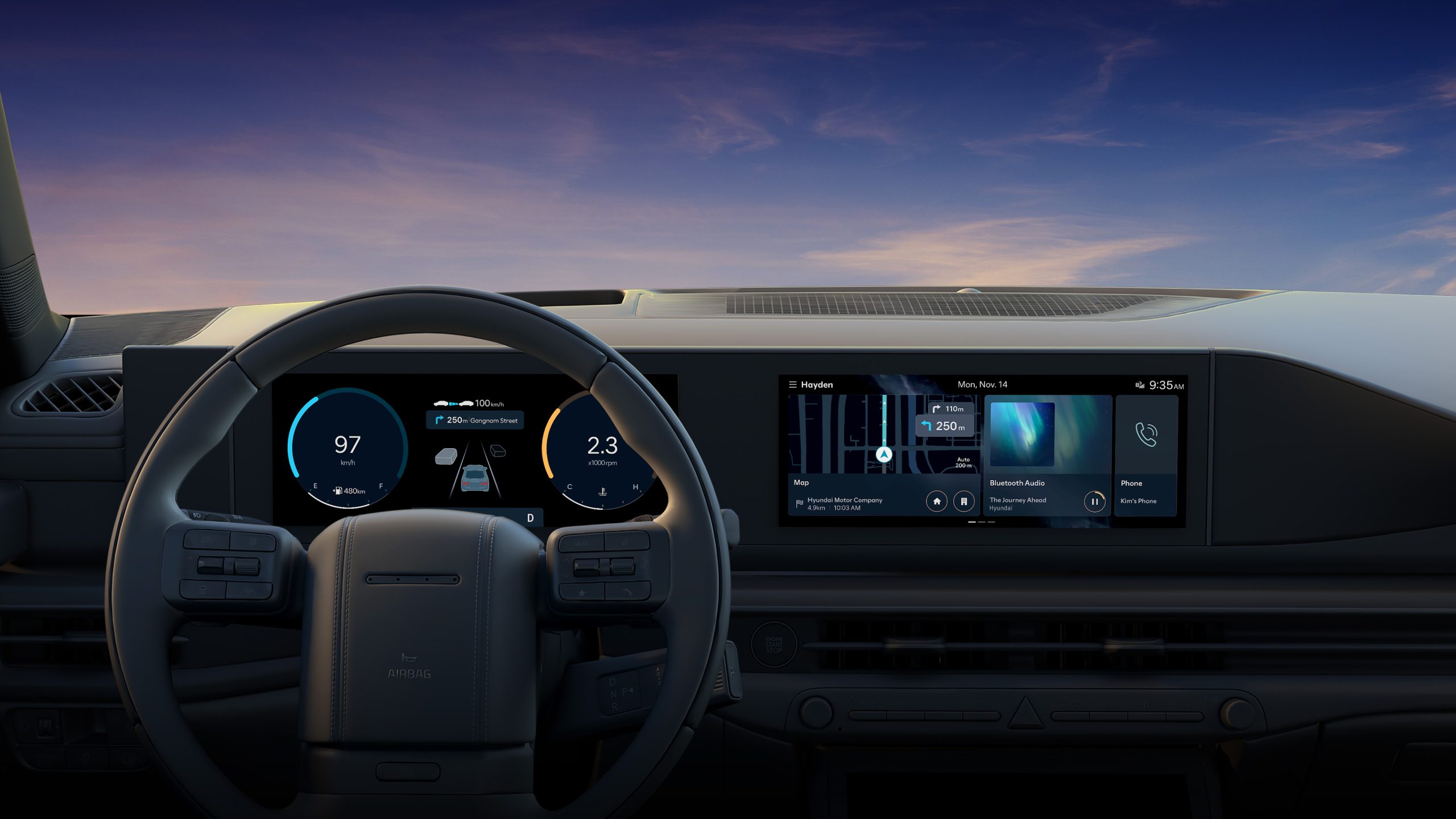
3. Porsche PCM 6.0: High-Speed Performance Without the Bugs
Porsche’s PCM 6.0 is a hidden gem in the infotainment world. Despite the brand’s performance-first identity, PCM 6.0 delivers tech excellence: quick swipes, zero lag, and logical, clean UI. Apple CarPlay and Android Auto are wireless and stable, and Google Maps or Spotify run without crashes.
OTA updates keep things fresh, and system syncing with the head-up display and digital gauges feels seamless. Rarely do users complain about it online, a rarity for car forums. Whether navigating or adjusting drive modes, PCM 6.0 feels snappy, modern, and glitch-free. It’s German engineering at its most tech-savvy.
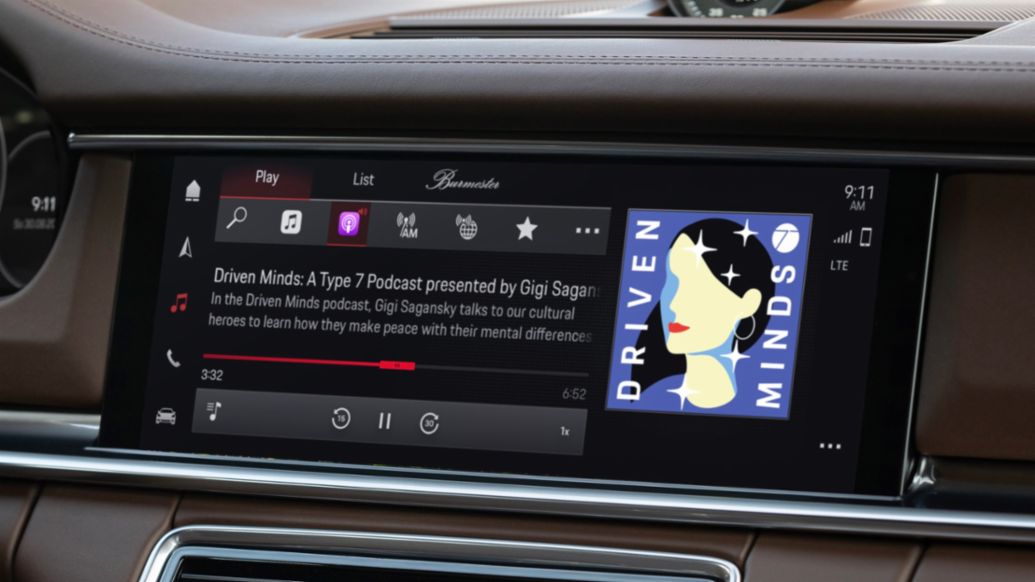
4. Ford SYNC 4A: From Laughingstock to Leader
Ford’s SYNC 4A has reinvented the brand’s tech image. Available in vehicles like the F-150 Lightning and Mustang Mach-E, it finally brings Ford into the modern infotainment conversation.
The interface supports multitasking through a smart split-screen layout, and interactions are fast, stable, and intuitive. CarPlay and Android Auto—wired or wireless—connect quickly and stay connected.
Voice commands work better, and the customizable home screen makes daily use easy and enjoyable. OTA updates keep it evolving. Compared to older SYNC versions, this is a radical leap forward. SYNC 4A isn’t just fixed—it’s now one of the best on the road.
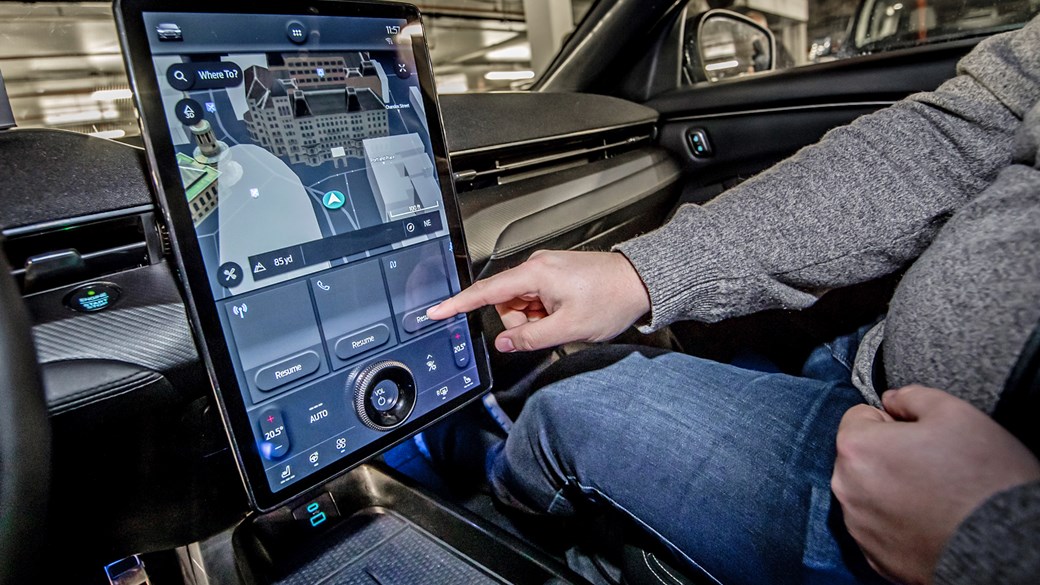
5. Volvo’s Google Built-In: Simplicity and Power Combined
Volvo took a risk handing its infotainment over to Google—and it paid off big. Android Automotive OS powers a system that feels more like a smartphone than a car interface. Google Maps and Assistant are built-in, voice recognition is top-tier, and app integration (like Spotify) is fast and stable.
This isn’t Android Auto—it’s a native, standalone system with direct updates from Google, ensuring peak performance and tight security. UI design is minimal but highly functional. Most importantly, it rarely—if ever—crashes. Volvo’s approach proves that handing over control to tech experts might be the smartest move in the industry.

Also Read: 5 Cars That People Still Love After 10 Years and 5 They Wish They Sold
5 Infotainment Systems That Crash Daily
While many automakers have mastered infotainment reliability, others still struggle. Systems that freeze, reboot, or crash mid-drive turn a routine commute into a frustrating ordeal.
Laggy interfaces don’t just slow down convenience—they distract drivers and diminish safety. In this section, we examine five systems notorious for poor performance, outdated designs, or hardware bottlenecks.
Whether you’re shopping for a used vehicle or just curious about what to avoid, knowing which systems are known to glitch could save you endless frustration. These infotainment setups may have good intentions, but in the real world, they often crash, lag, or outright fail when you need them most.
1. Subaru Starlink: Reliable Cars, Unreliable Screens
Subaru makes some of the safest vehicles on the road, but its Starlink infotainment system seriously lags behind. The user interface feels ancient, graphics are dull, and response times are glacial.
Touch inputs often require multiple taps, especially when switching apps. Android Auto freezes frequently, and users report full screen blackouts or reboots mid-drive. Even simple tasks like adjusting volume can lag.
Updates are infrequent, and Subaru hasn’t prioritized improving the system. For drivers used to modern tech, Starlink is an ongoing frustration. It technically works—but barely. It’s a serious weak point in an otherwise strong lineup of vehicles.
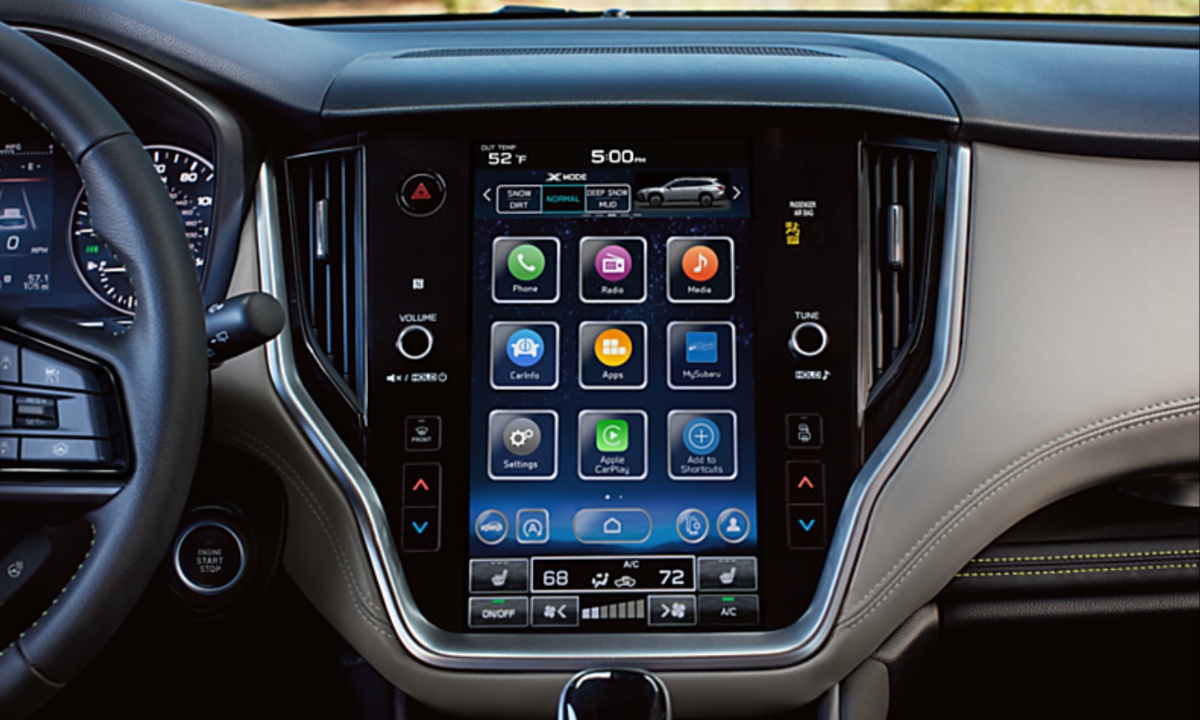
2. Toyota Audio Multimedia (Pre-2023): Glitch Central
Toyota’s older infotainment systems—especially pre-2023 models using Entune—were notoriously poor. The interface is sluggish, the menus are confusing, and wireless phone support is nonexistent.
Touchscreens often lag, especially in cold weather, and voice recognition is almost unusable. CarPlay and Android Auto typically require a wired connection, and the system frequently resets or freezes on long drives. Toyota has made big improvements in recent years, but millions of vehicles still run the outdated version.
If you’re buying a used Camry, RAV4, or Highlander, check the system. Otherwise, be ready for an infotainment experience that feels like it came from the early 2010s.
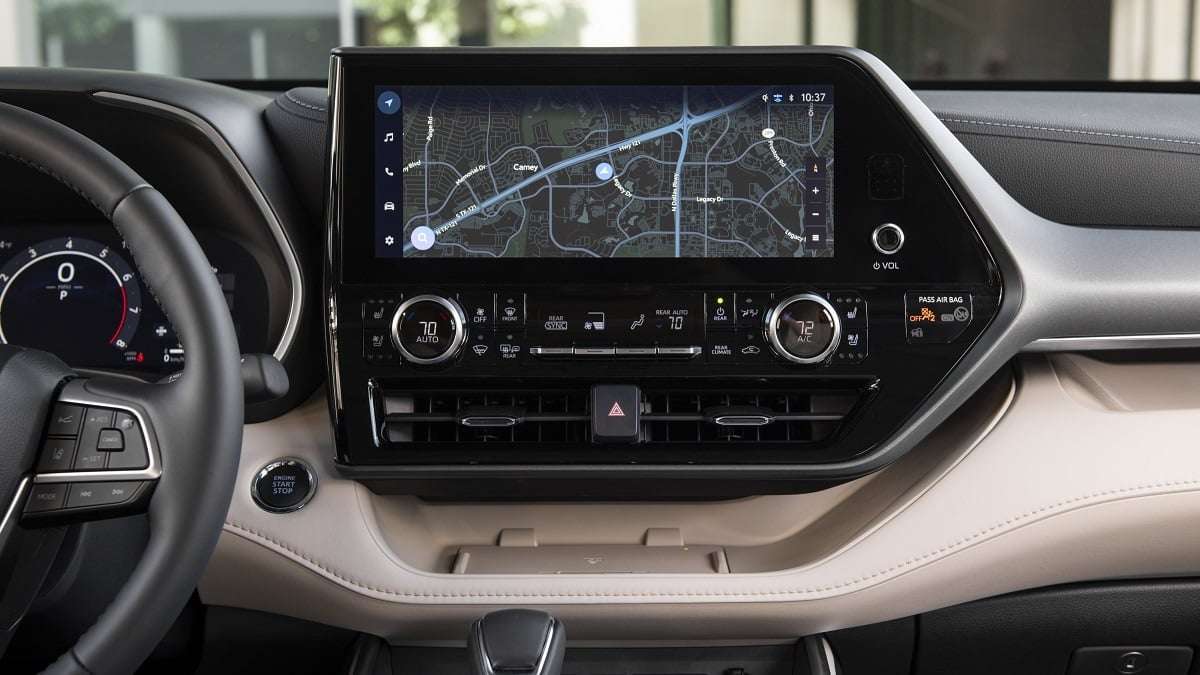
3. Jeep Uconnect 5 (Base Trims): Too Ambitious, Not Powerful Enough
Jeep’s Uconnect 5 had big ambitions, but it often fails to deliver, particularly in lower trims. Common problems include screen blackouts, crashing backup cameras, and system freezes when switching apps.
The system’s performance varies widely depending on hardware, and cheaper models lack the RAM and processors to run it smoothly. CarPlay disconnects often, and menu navigation feels clunky. Cold-weather startups are also sluggish.
While Uconnect was once a gold standard, version 5 has proven unreliable in many vehicles. It tries to do too much, too fast, on underpowered hardware, leaving drivers frustrated with a buggy system that needs serious refinement.
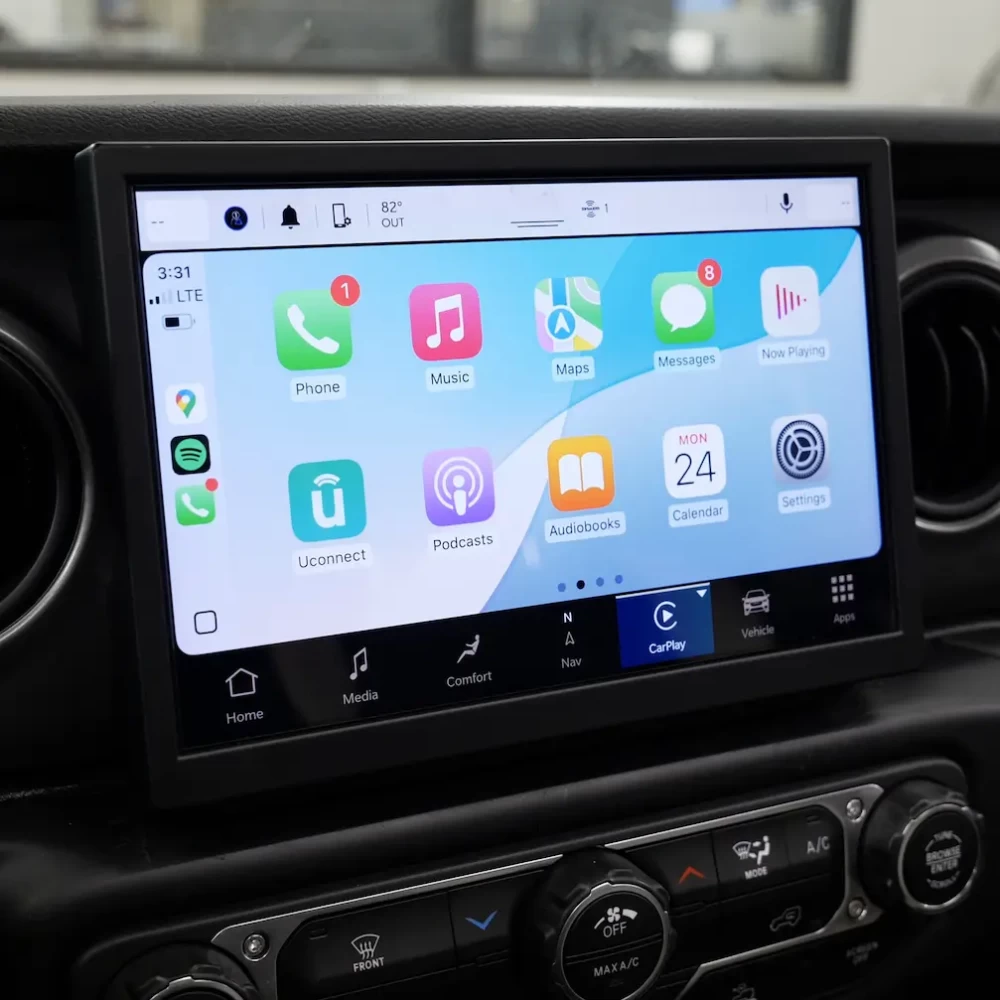
4. NissanConnect: Consistently Inconsistent
NissanConnect has a reputation for being one of the most unreliable infotainment systems still in circulation. The layout is confusing, voice commands are rarely understood, and system crashes are way too common.
CarPlay frequently disconnects, especially when both Bluetooth and USB are active. Touchscreen responses are delayed, and map loading takes far too long. Many users report frozen screens and complete system lockouts.
Making matters worse, dealerships often treat these issues as “normal” and offer little in the way of fixes. NissanConnect might look decent on a brochure, but in reality, it’s a source of daily annoyance for many drivers.
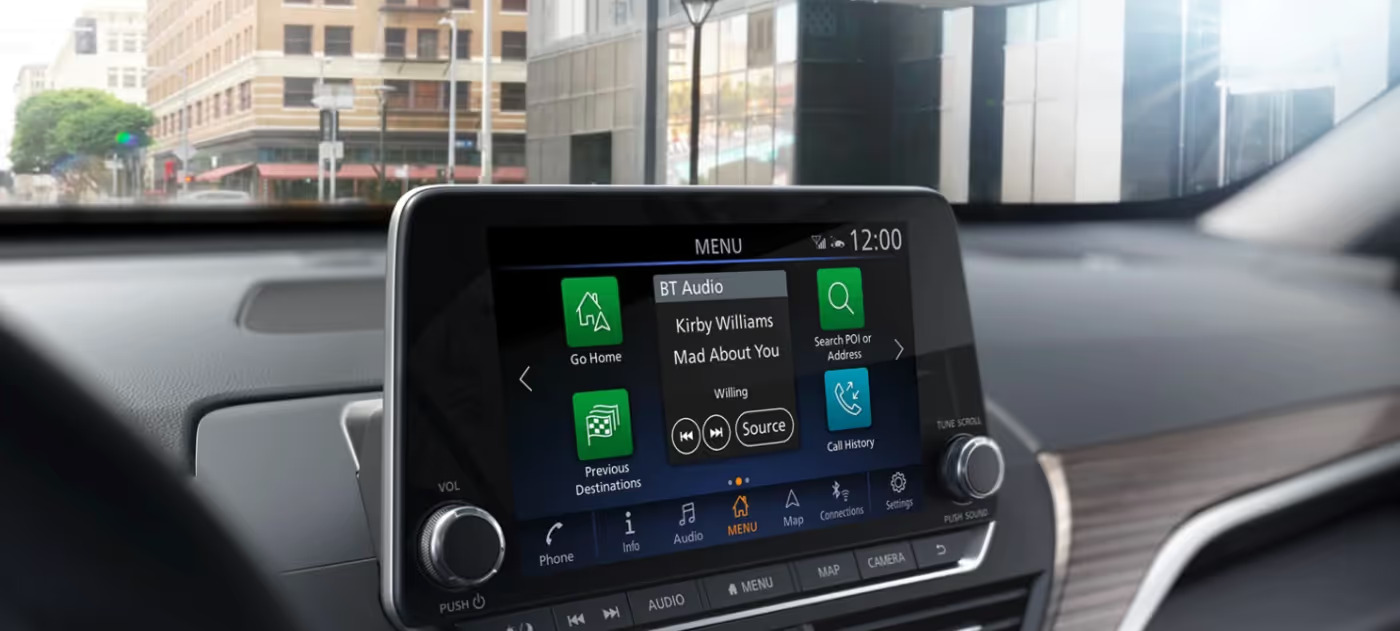
5. Mazda Connect (Pre-2022): Pretty But Painful
Mazda’s pre-2022 Connect system is sleek on the outside but clunky underneath. The interface doesn’t allow touchscreen use while the car is moving, forcing users to rely on a rotary dial that feels dated and imprecise.
Transitions between apps are slow, and CarPlay frequently glitches or exits unexpectedly. Boot-up times are long, and audio sometimes skips or mutes at random. Users report software crashes and inconsistent behavior across different models.
While newer Mazdas have improved drastically, older versions remain frustrating. If you’re considering a used Mazda, beware of the Connect system—it may look clean, but it’s often more trouble than it’s worth.

Infotainment systems can define how enjoyable—or frustrating—a car is to drive. Brands like BMW, Hyundai, and Volvo are setting the benchmark with fast, intuitive, and stable systems that match the best smartphones in reliability.
On the flip side, companies like Subaru and Nissan still struggle with outdated interfaces, lag, and system crashes. As digital dashboards become the norm, stability isn’t optional—it’s expected.
Drivers should test infotainment just like they test the ride. Because when your map freezes or your music cuts out on the freeway, no horsepower figure will make up for a dashboard that crashes more than it computes.
Also Read: 5 Cars That Still Feel Tight and Solid and 5 That Are Full of Play

